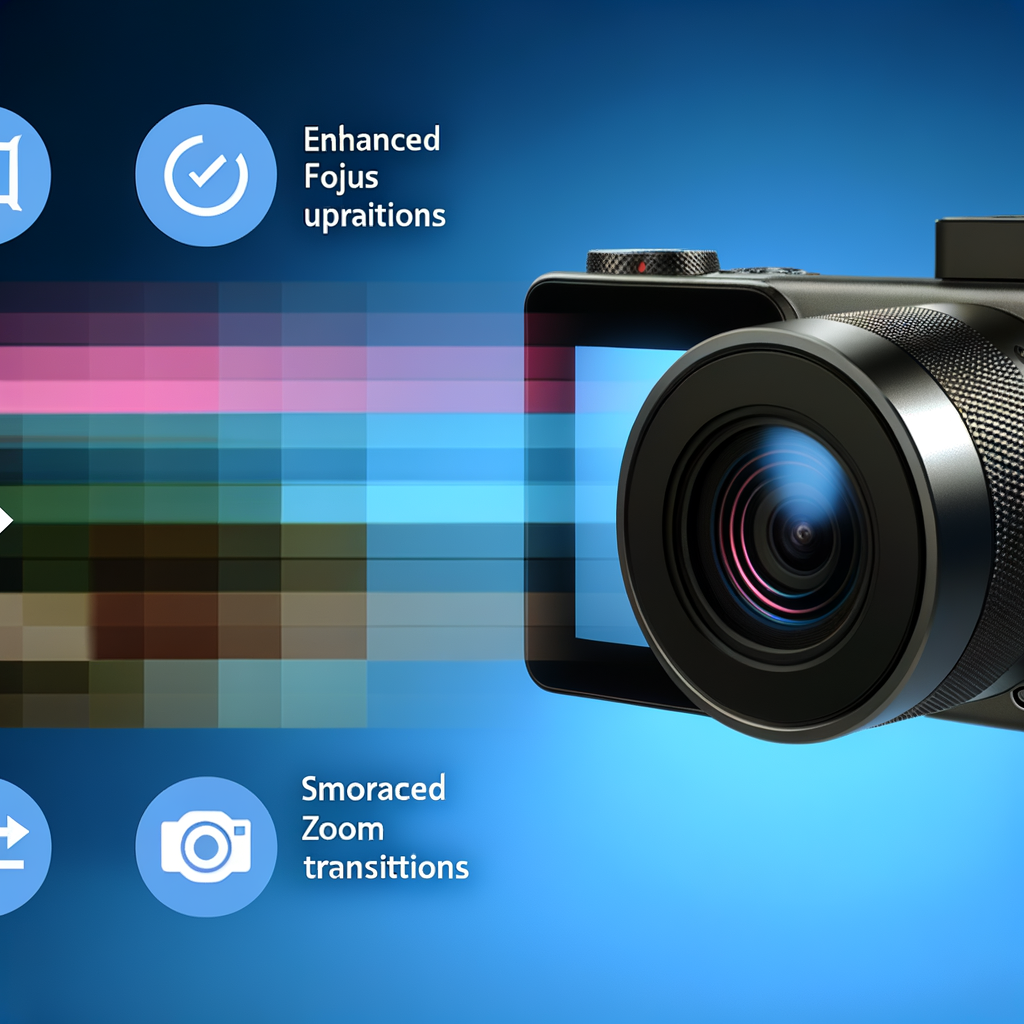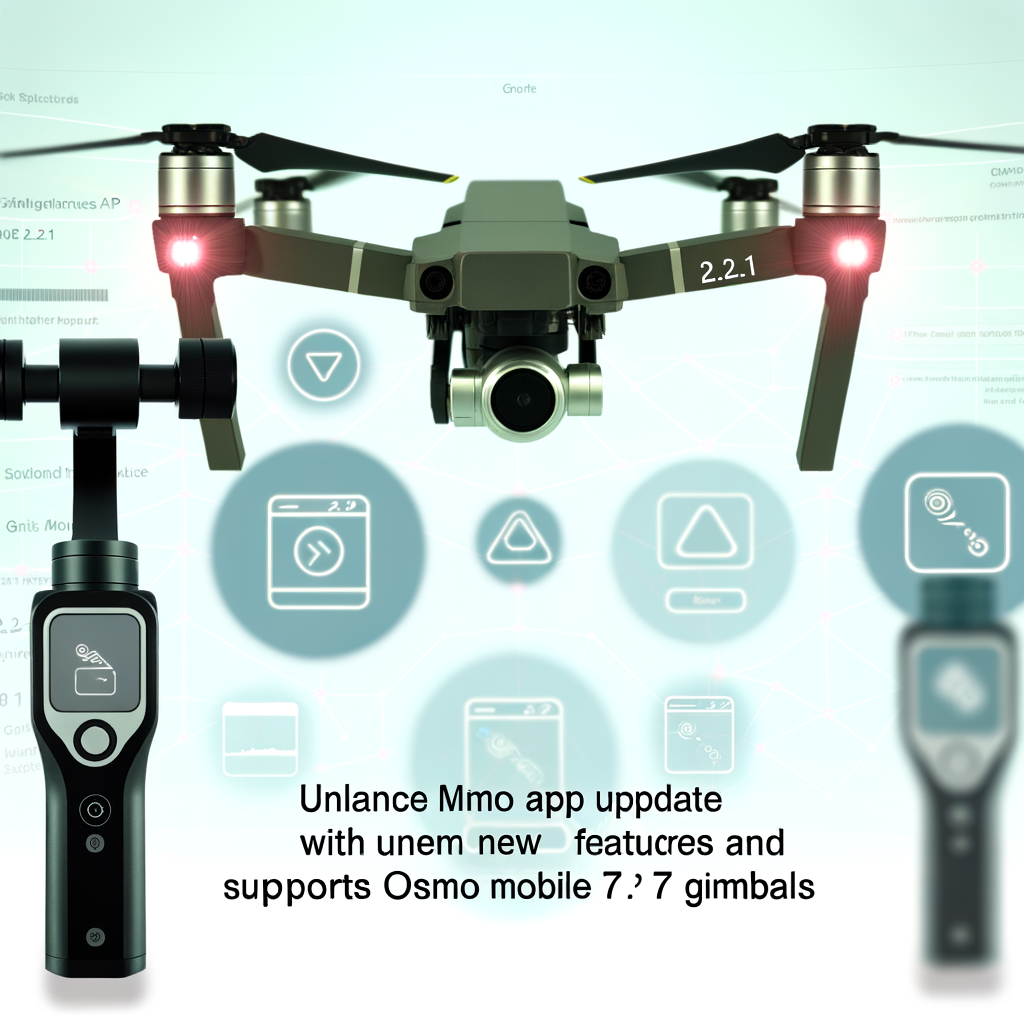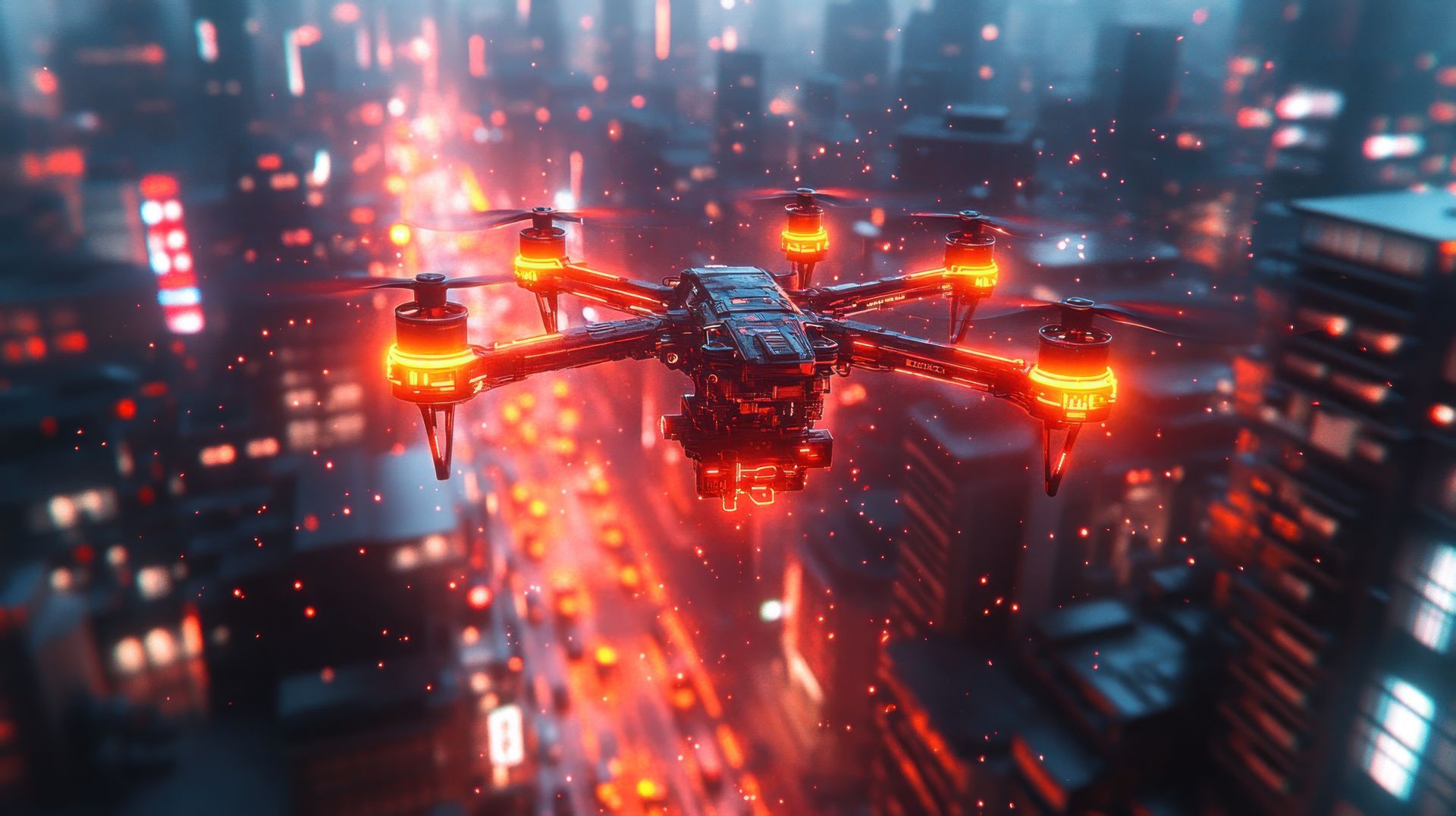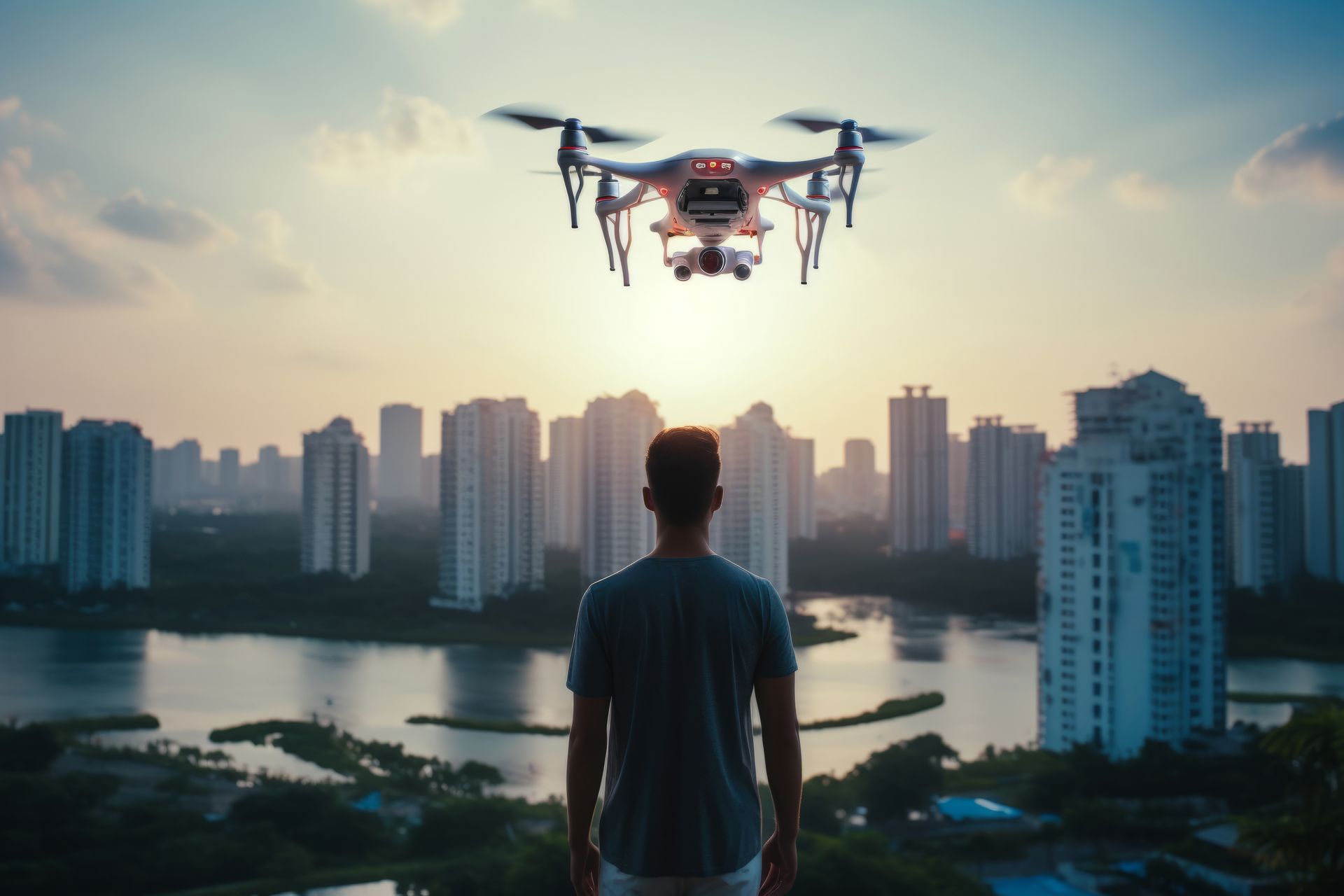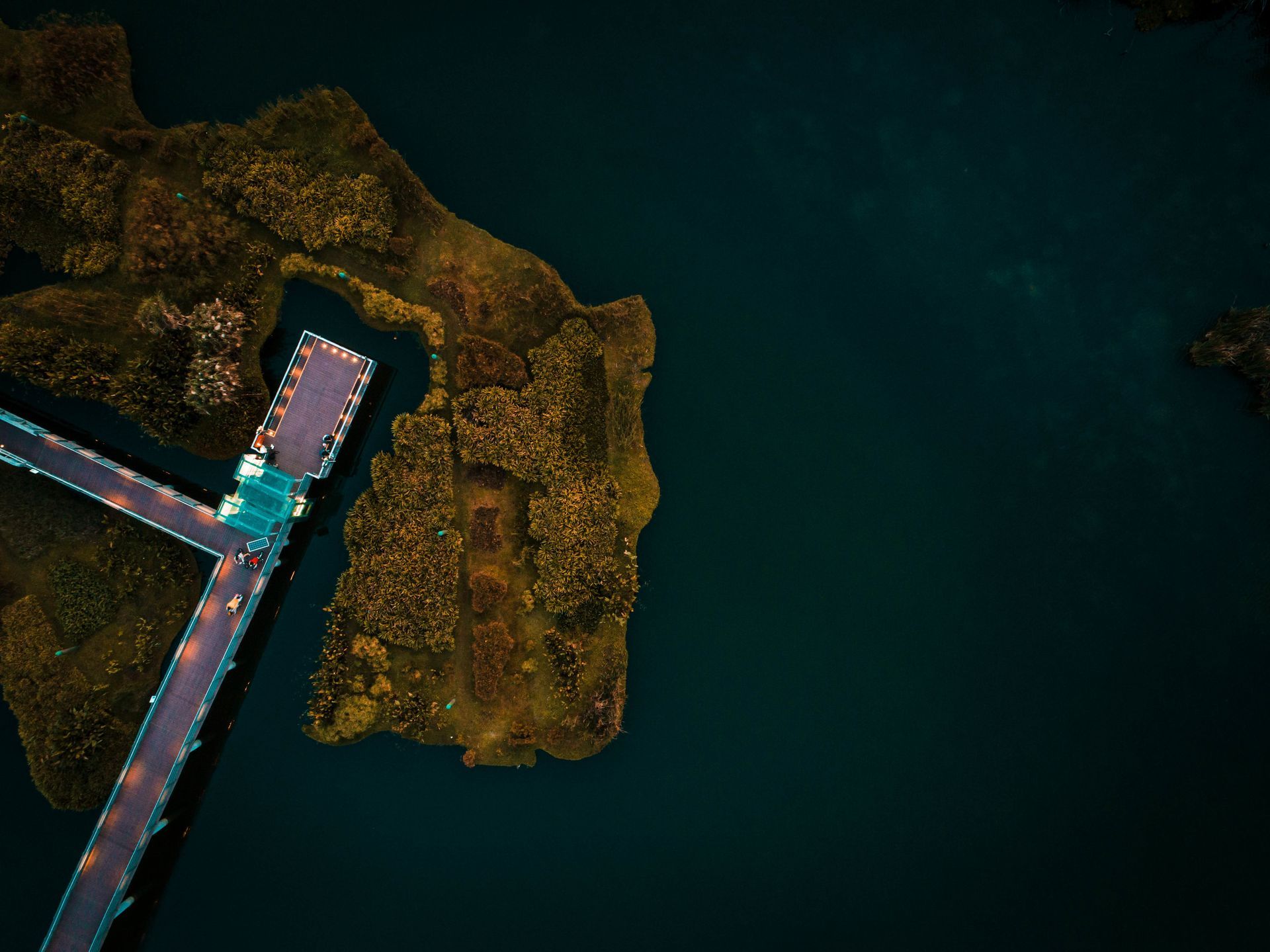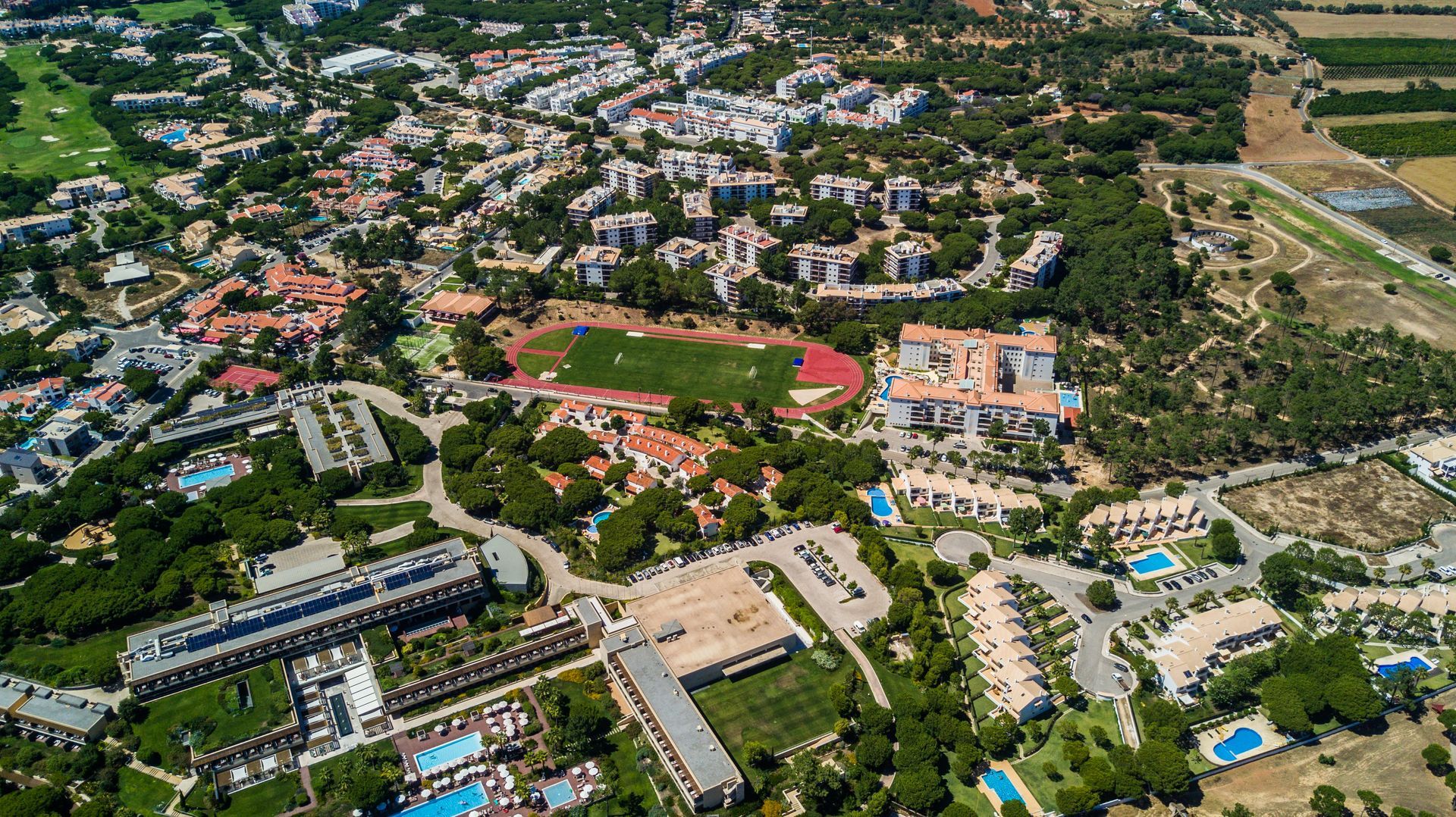Eyes In The Sky: Drones For Search And Rescue Operations
When disaster strikes and lives are on the line, time is of the essence.
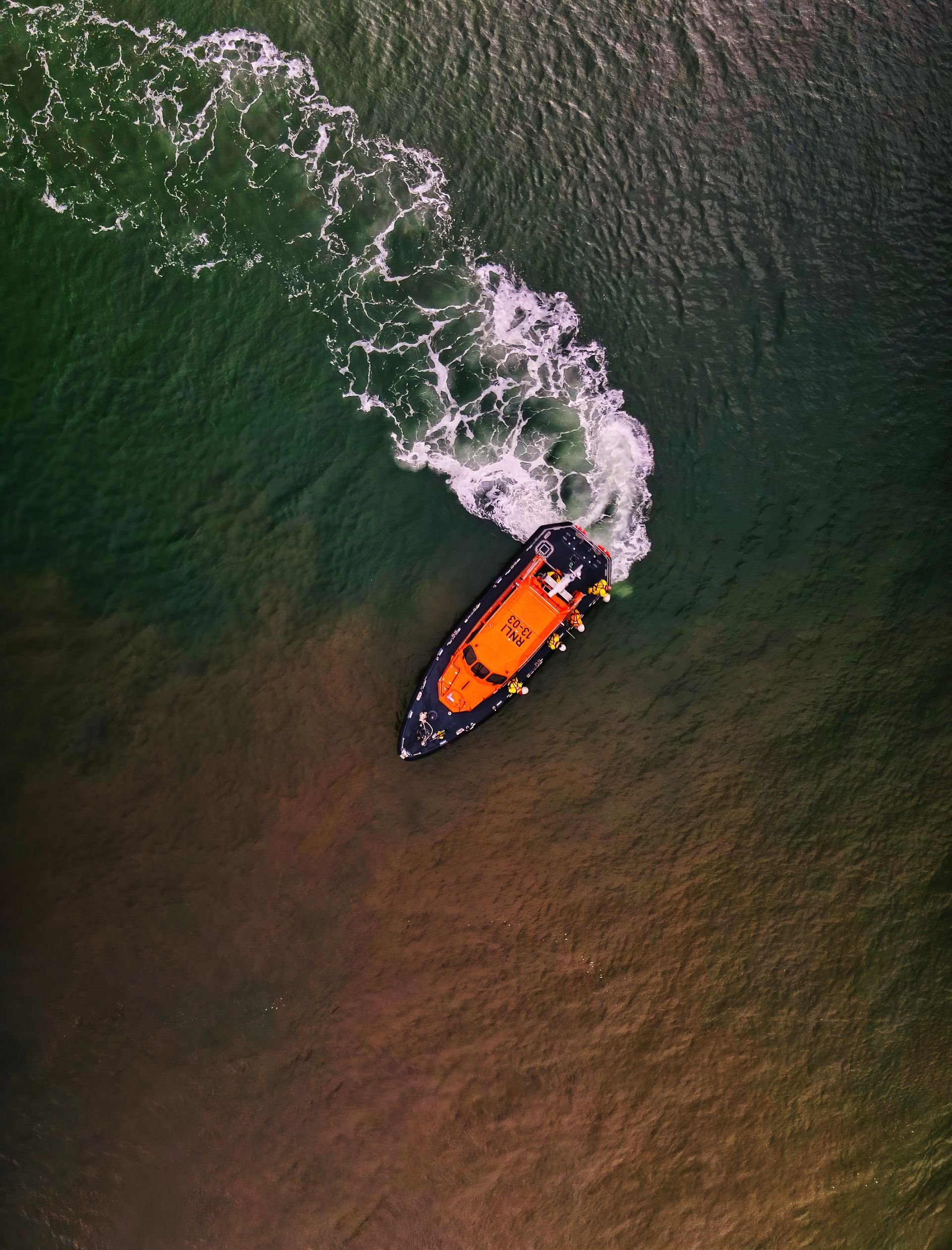
When disaster strikes and lives are on the line, time is of the essence. Search and rescue operations are vital during emergencies, but challenging terrains and limited resources can impede efforts to locate and assist those in need. Drones have emerged as invaluable tools in search and rescue missions, providing a swift and efficient means of identifying and rescuing individuals in distress.
Equipped with thermal imaging cameras and high-resolution video cameras, search and rescue drones can cover extensive areas quickly, scanning for survivors and evaluating the situation from above. Thermal imaging is particularly critical in identifying body heat in locations where individuals might be trapped or lost, enabling rescuers to pinpoint their locations with precision.
Drones can access hard-to-reach or hazardous areas that would be dangerous for human rescuers, such as unstable structures or remote terrains. This reduces risks and enhances the safety of the overall operation. The real-time data and footage captured by drones guide ground teams in planning and executing their rescue strategies efficiently. In addition to immediate search and rescue, drones aid in damage assessment and disaster response planning. They provide crucial information about the extent of the disaster, enabling authorities to allocate resources effectively and prioritise areas that require immediate attention.
As drone technology continues to advance, we can expect even more specialised tools and features catering to search and rescue operations. Drones are not just revolutionising this field; they are saving lives, demonstrating the immense potential of technology to augment humanitarian efforts and improve disaster response on a global scale.


